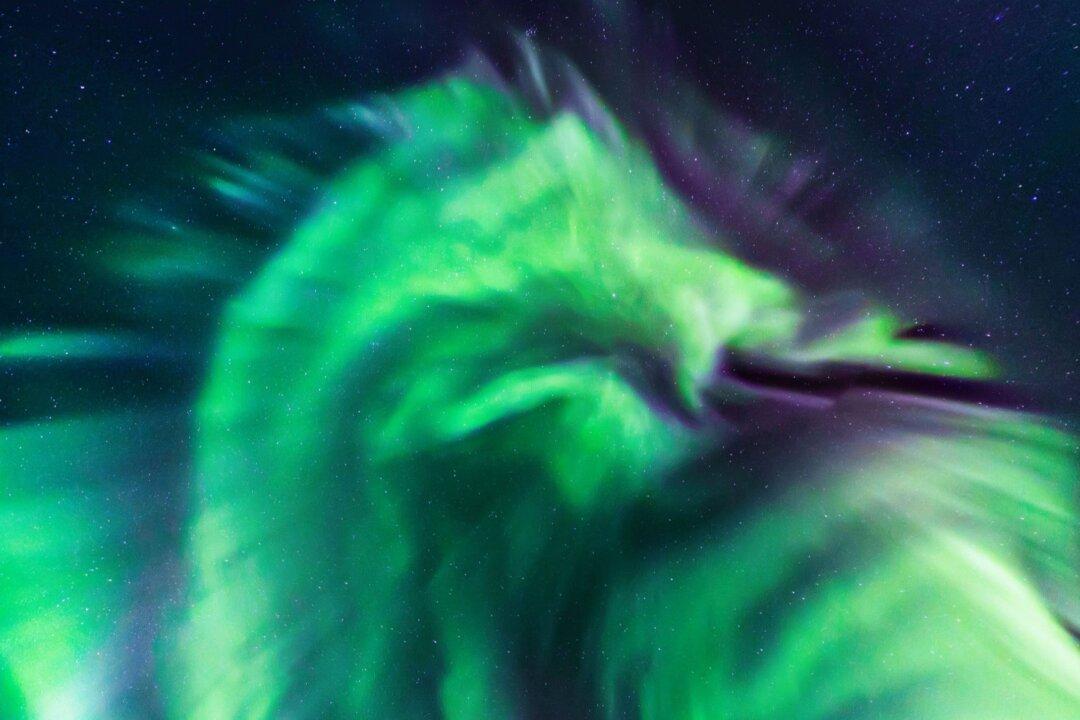NASA shared an incredible image of an aurora that was shaped like a huge dragon charging across the sky earlier this month.
The space agency posted the photo as part of its Astronomy Picture of the Day, where a photo or an image captured on camera from the universe is featured.




